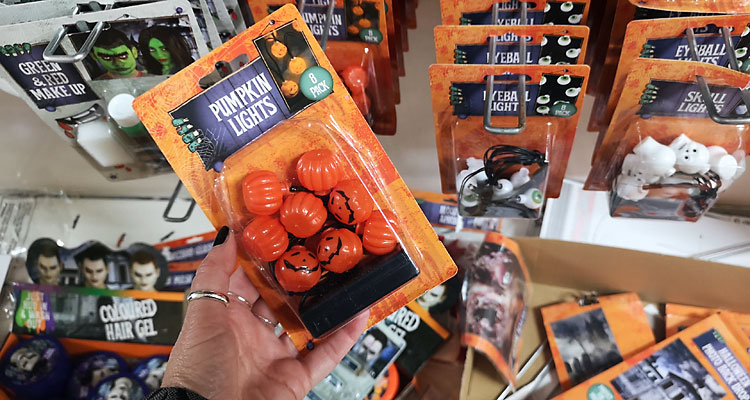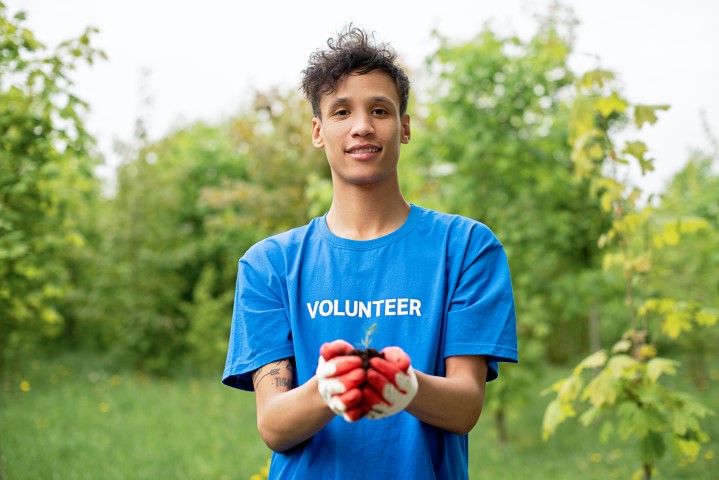There is no Planet B
- Turning the Wight’s blue rinse tide into a sea of red - 20th August, 2024
- Are you emergency ready? - 20th June, 2024
- Will YOUR face fit in the digital future? - 17th June, 2024
Sometimes I think I must sound like a dreary old gubber, a throwback of a bygone age. And I’m not alone; a fan wrote of my last column, “This belongs in the 70s, leave it there.” However, I believe that the solution to all the world’s ills can be found in the television of my seventies youth.
For those of you old enough to remember, the 1970s may be the decade you’d rather forget. Sure we had power cuts, smoking in pubs and offensive comedians, but there was also women’s lib, the litter-hating Wombles and short documentaries viewed through the arched window.
And it is these documentaries that hold the answer to our profligate society and its single-use disposable attitude. In those little films, wide-eyed children (and adults) could see how things were made. A trip to a milk bottling plant, with freshly-washed bottles jingle-jangling their way along a conveyor belt to be refilled with protein-rich white stuff. A man working a lathe, turning the spindles for a chair, having first chosen his wood; the creation of a piece of furniture shown from raw material to finished product.
A decade or so later I trained as an industrial designer and, as I went on a tour round an injection-moulding factory with my fellow students, I watched in awe while tiny plastic beads were fed into a hopper before being heated, squirted into a steel mould and spat out the other end as a yoghurt carton.
So, with all this manufacturing insight, I looked at items in Poundland in the run up to the latest festival of commerce, Hallowe’en, and despaired at how these things were sold for a mere quid before being presumably consigned to the bin on their journey to landfill.
Deep in Russia’s Kupol mine, north of the Arctic circle and 140 miles away from the nearest town, workers endure extreme conditions to bring gold to the surface. Gold is used in smartphones. The raw materials for batteries include steel and zinc. Plastic is made from oil, itself created naturally from decaying prehistoric plant and animal remains.These metals and other elements are the earth’s precious – and finite – resources, which are relentlessly recovered in variable conditions all around the world.
That packet of pumpkin lights that I saw in Poundland is not made by elves. Oil, metal and wood were used in its manufacture; components made and assembled on the other side of the world then shipped across the oceans for us to buy one day and chuck away the next.
Did those prehistoric animals die for this? The solution is more fundamental than sanctimoniously refusing a plastic straw in your drink. We have lost sight of how things are made; not understanding the expenditure of natural and human resources that go into glittery pens, Halloween fairy lights, and other unnecessary tat. Instead of thinking how we can ‘recycle’ our unwanted stuff, let’s consider how it was made – and if it should be made, and bought, at all.
This article first appeared in print in the Isle of Wight County Press on 16 November 2018, and also online.




